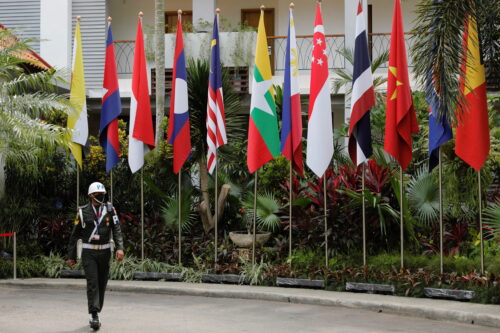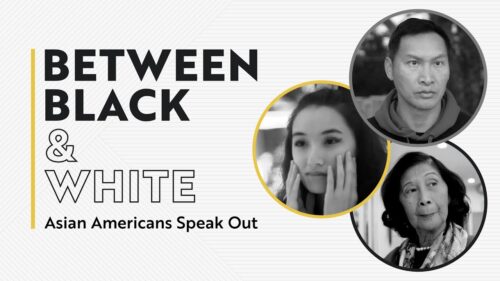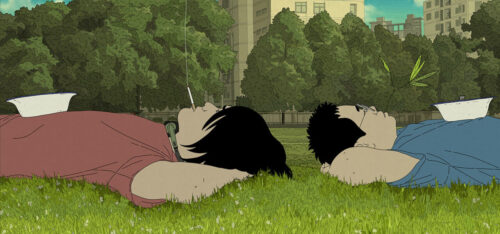FD Gallery’s Fiona Druckenmiller on high-end jewelry and Chinese customers
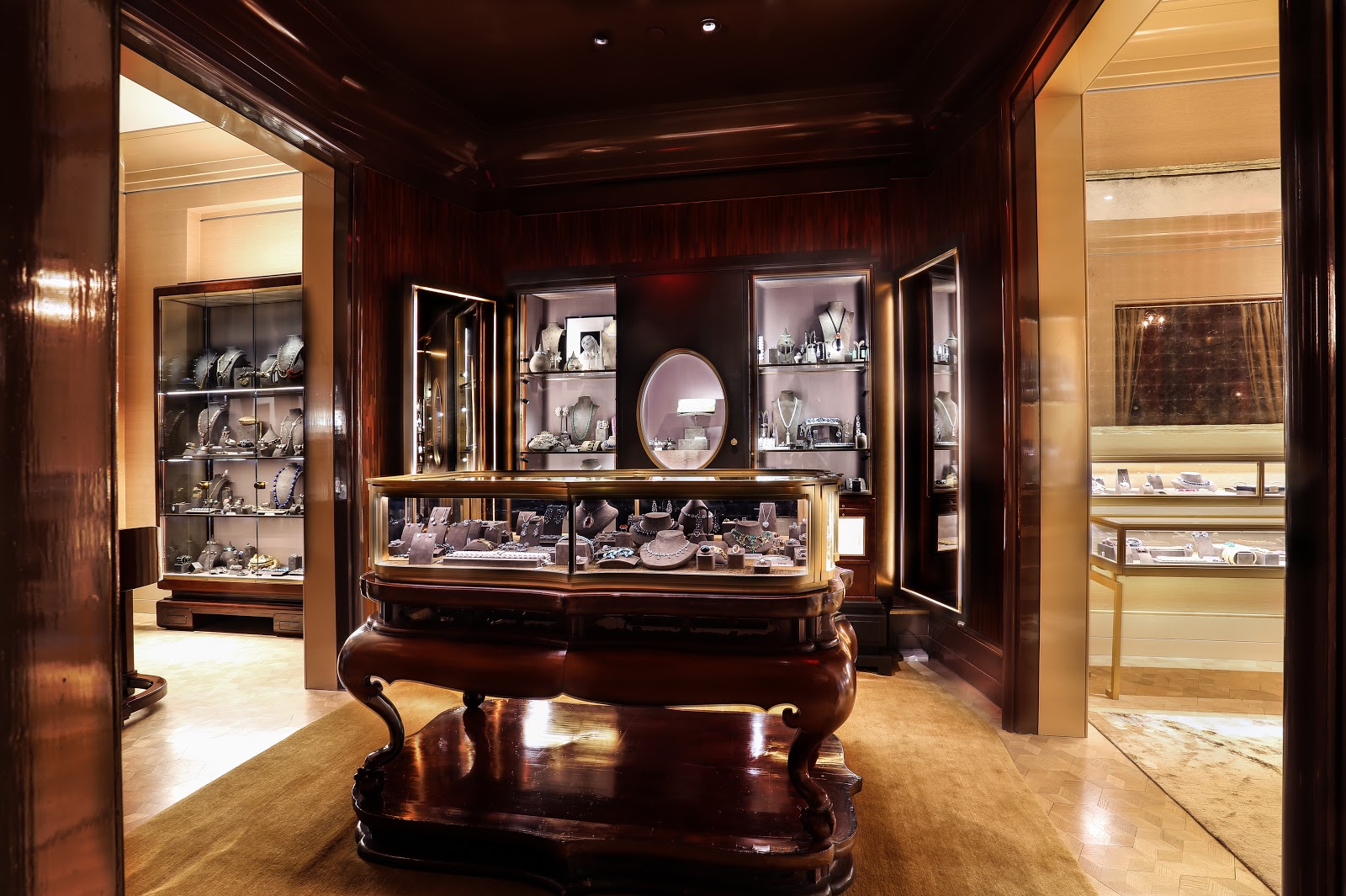
After many years on Wall Street as a successful investment manager, Fiona Druckenmiller decided to embrace her longtime passion for estate and contemporary fine jewelry full time in 2010. She opened FD Gallery, a boutique on the Upper East Side of Manhattan, which offers a carefully curated selection of exquisite jewelry pieces that date from the 1650s to the present. Pieces include artisanal works as well as a range of creations from renowned brands such as Van Cleef & Arpels and Cartier.
FD Gallery is a sponsor of The China Project’s third annual Women’s Conference, which will take place on Monday, May 20, at the Harmonie Club of New York.
Before the event, The China Project caught up with Druckenmiller to talk about being a female business owner, her favorite pieces at the moment, and how to enter the world of estate jewelry.
The China Project: You used to work on Wall Street as an investment banker. What made you want to become a dealer in antique and 20th-century jewelry? What inspired you to open the gallery?
Druckenmiller: I was an investment manager on Wall Street previously. I decided to open a jewelry salon because I loved the idea of creating a collection focused on rare, museum-quality pieces at all price points with a focus on investment value.
The China Project: What does jewelry mean to you on a personal level? When and why did you get interested in it?
Druckenmiller: Jewelry is compelling to me for so many reasons. Jewelry is romantic. It is precious. It’s often historical. Jewelry is symbolic and talismanic. The color and energy of the stones can be very powerful. Jewelry can be great design. Every piece tells a different story. I think the wearer often feels transformed by a beautiful piece that contains some or all of these elements.
The China Project: How do you curate your collection? What’s special about your gallery?
Druckenmiller: The collection is curated by marrying beauty and investment value. I think my gallery is special because it offers a comfortable salon-style experience along with expertise from gemologists and jewelry historians. We authenticate and research our pieces as much as possible. Finally, there are designers we carry exclusively and so those pieces are not available anywhere else. We have sold to the Van Cleef, Cartier, and Bulgari museums.
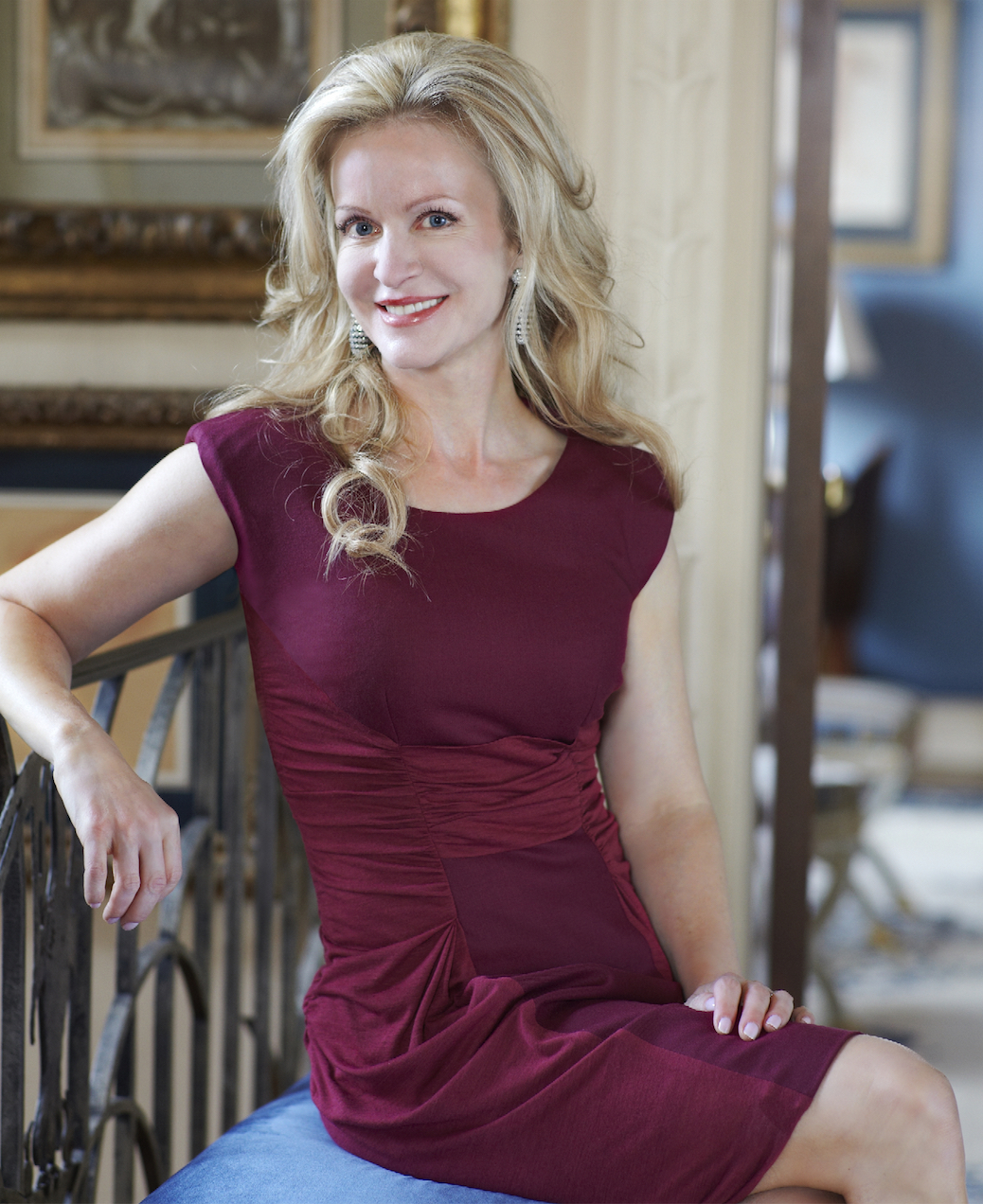
The China Project: What is your favorite piece of jewelry in the gallery now? What can you tell us about it? Why is it special and what is its history?
Druckenmiller: I have so many favorites in the gallery right now! One cannot go wrong with Cartier Art Deco jewelry. We have the Cartier certificate of authenticity for this jade and diamond bracelet with the date of manufacture from the company’s archive, and it’s a very wearable piece. I also love these simple Cartier Art Deco earrings, and for someone who likes contemporary, these earrings by JAR, who is the most famous contemporary designer in the world.
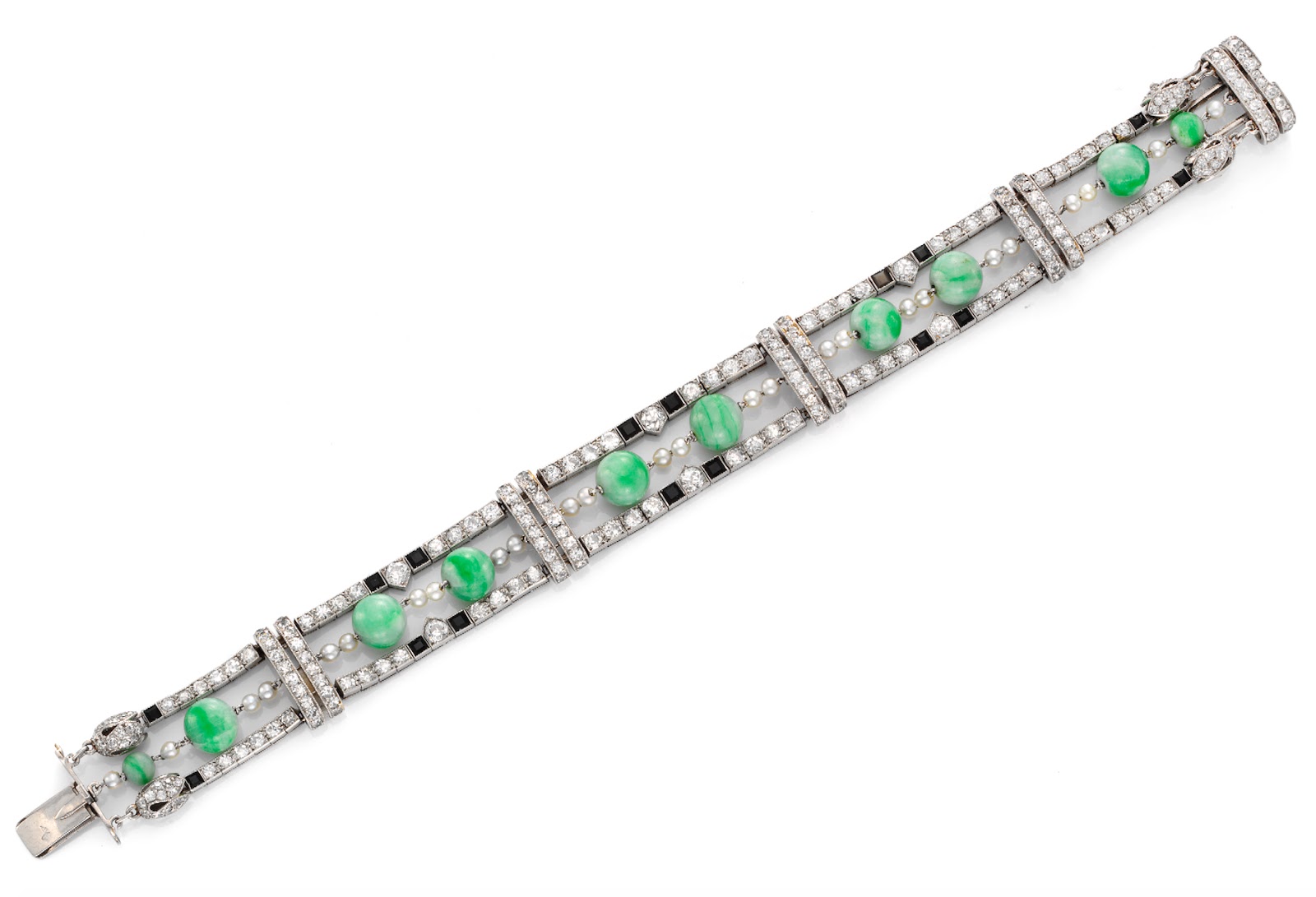

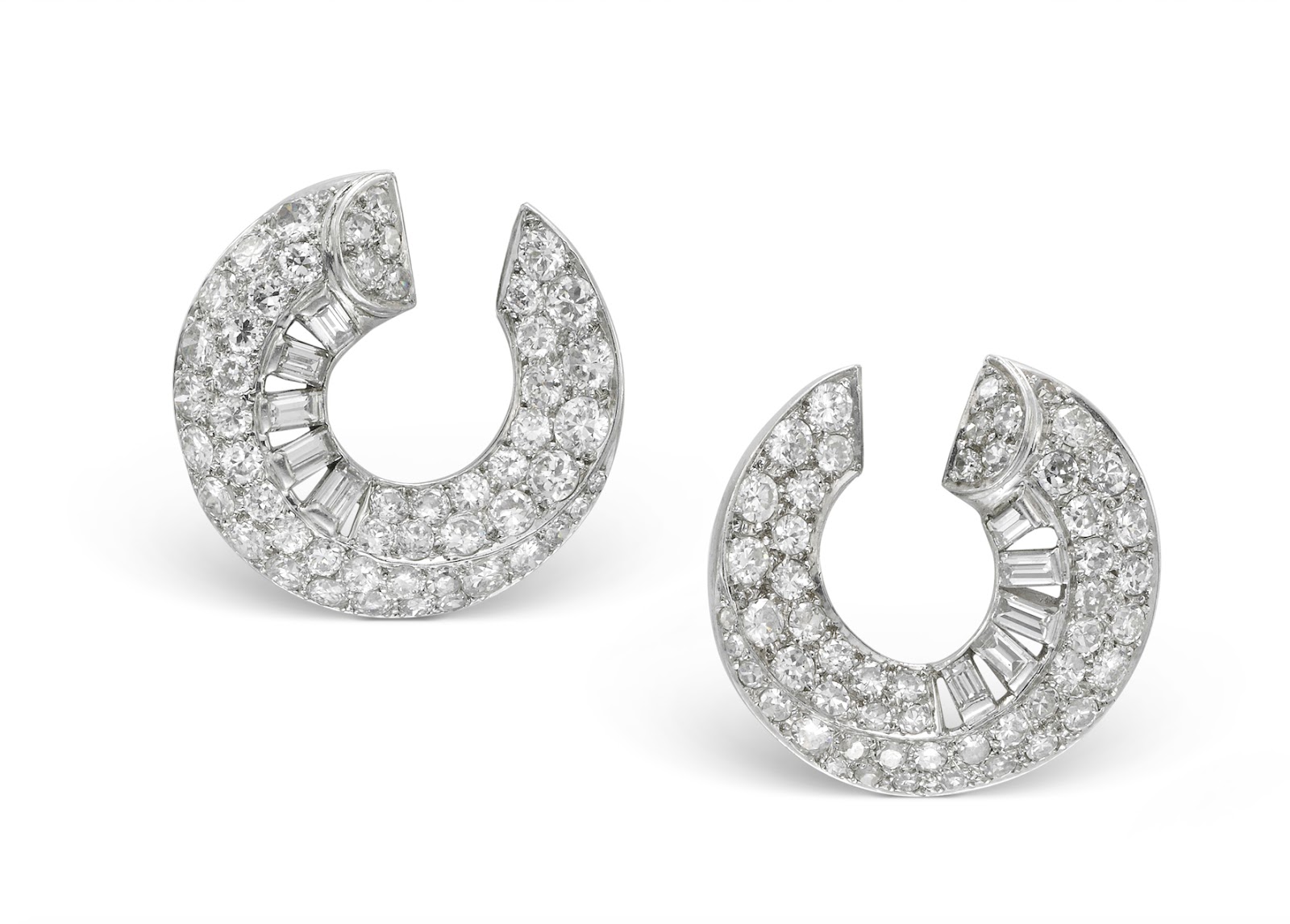
The China Project: As a fan of Art Deco, do you own any art pieces that you especially like?
Druckenmiller: Yes. I own several Cartier Art Deco pieces that I adore. They are all evening pieces. Some of the original panther designs and some beautiful brooches in particular.
The China Project: Have you dealt with any Chinese clients? Do they have any sort of preference in terms of jewelry shopping?
Druckenmiller: Yes, we have several Chinese clients. Our Chinese clients are very focused on history and authenticity and gravitate to Art Deco pieces as well as JAR.
The China Project: Do you find Chinese people’s taste for jewelry is any different from that of Western countries?
Druckenmiller: Yes. As I mentioned, Chinese clients gravitate to prewar pieces much more than Americans do, and they tend to prefer smaller-scale designs as well. For instance, a narrower-width diamond bracelet as opposed to a wide one. Our Chinese clients would rather have a top-quality stone of a small size — say, a pink or red or blue diamond — than a large stone that is less rare.
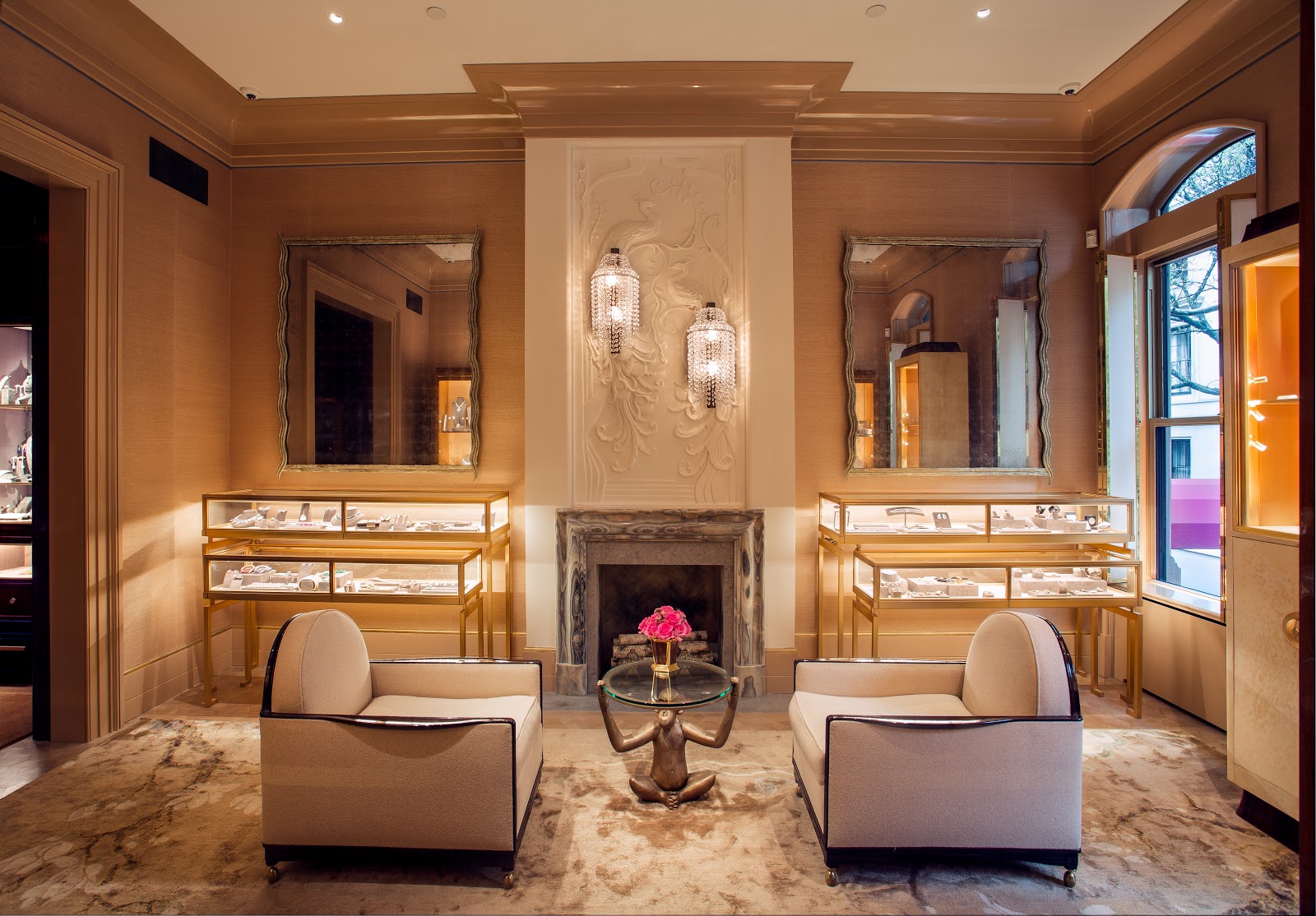
The China Project: For those new to the concept of estate jewelry, do you have any advice on how to make the first purchase?
Druckenmiller: It is best to work with a trusted dealer and ask for papers of authenticity when appropriate, or any other relevant documentation. One can also ask the dealer for auction comps, which are helpful in understanding the asking price. Many of our pieces have been included in books or museum exhibitions and that information is always good to have, too.
The China Project: How would you compare the market for antique jewelry with the stock market or real estate? Does jewelry hold its value well?
Druckenmiller: High-end vintage jewelry holds its value very well and has been climbing steadily over the last few decades. Like stocks and real estate, jewelry prices are determined by supply and demand. Art Deco jewelry, as an example, has had decreasing supply for several reasons, one of which is that museums have been buying it and there is less and less available in the market. With global growth, demand has been growing steadily. This is why prices have been increasing. I think the supply-and-demand forecasts bode well for jewelry investment.
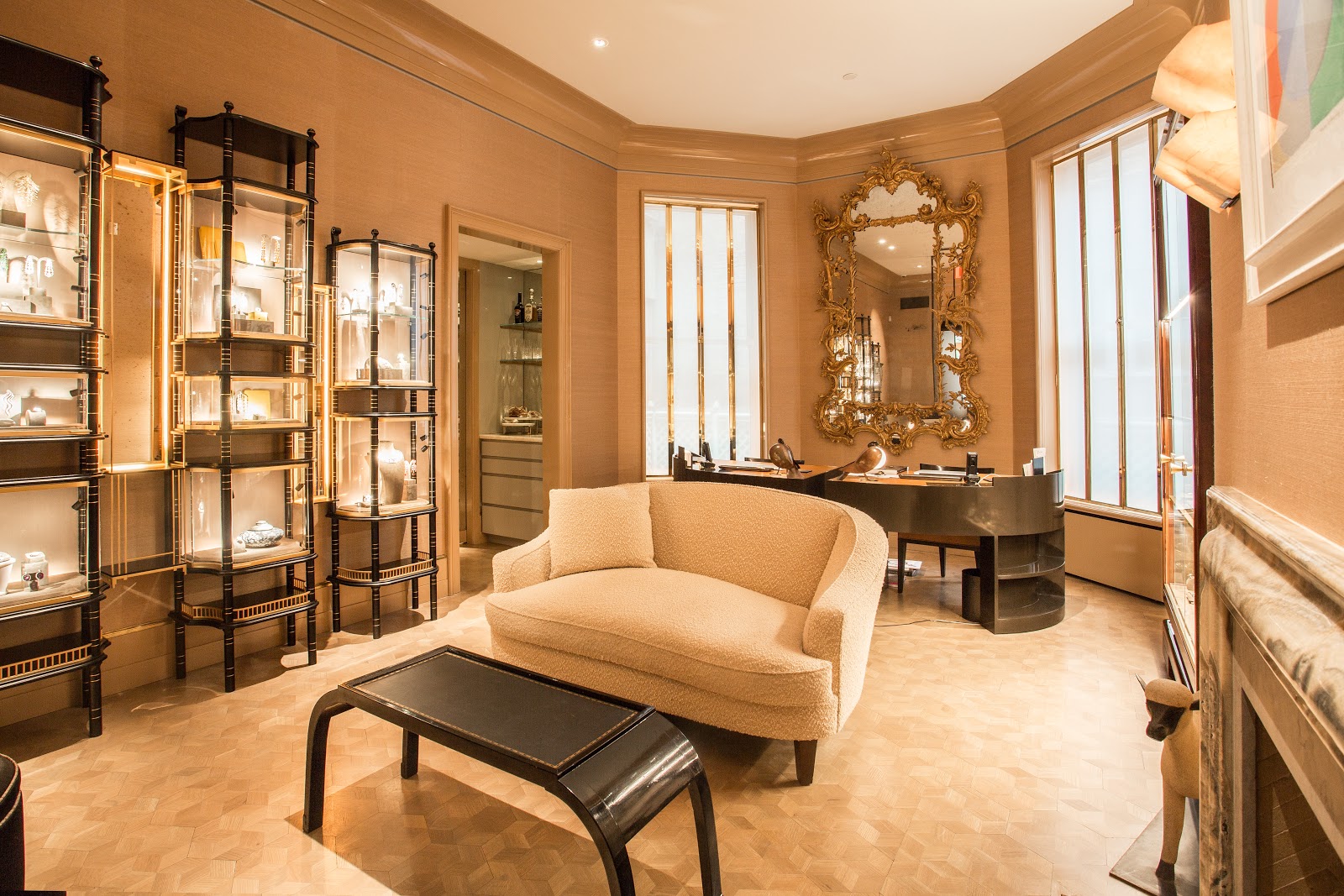
The China Project: You are a mother of three children and they are very successful in their own fields. How do you achieve a healthy work-life balance?
Druckenmiller: A healthy work-life balance requires a lot of self-knowledge. One must prioritize and be efficient. It requires a balance between doing and being, and recognizing that when one is out of balance, it is time to make changes and corrections. Nothing is more important to me than my family, my friends, the happiness of my employees, and my integrity. That said, one has to have mental and physical health to have the energy to do it all.
The China Project: Outside your business, you serve on the boards of many organizations and are deeply involved in philanthropy. What motivates you to keep doing charity? What’s your mission behind all this work?
Druckenmiller: I think we all are part of communities, and it is important to work for something greater than oneself. Giving back to charitable organizations is a good way to do so. The human beings who lived before us did so much to create our civilization and our societies, and it is only fair that we do the same for the next generations. I find it very meaningful and fulfilling.
